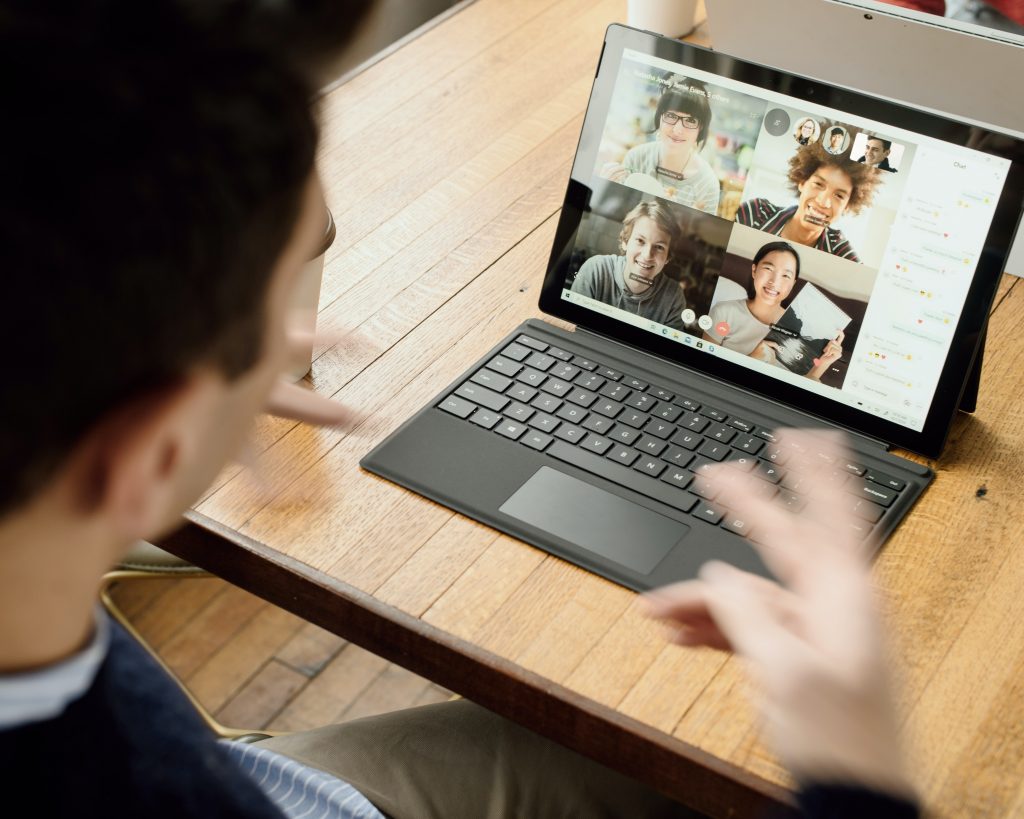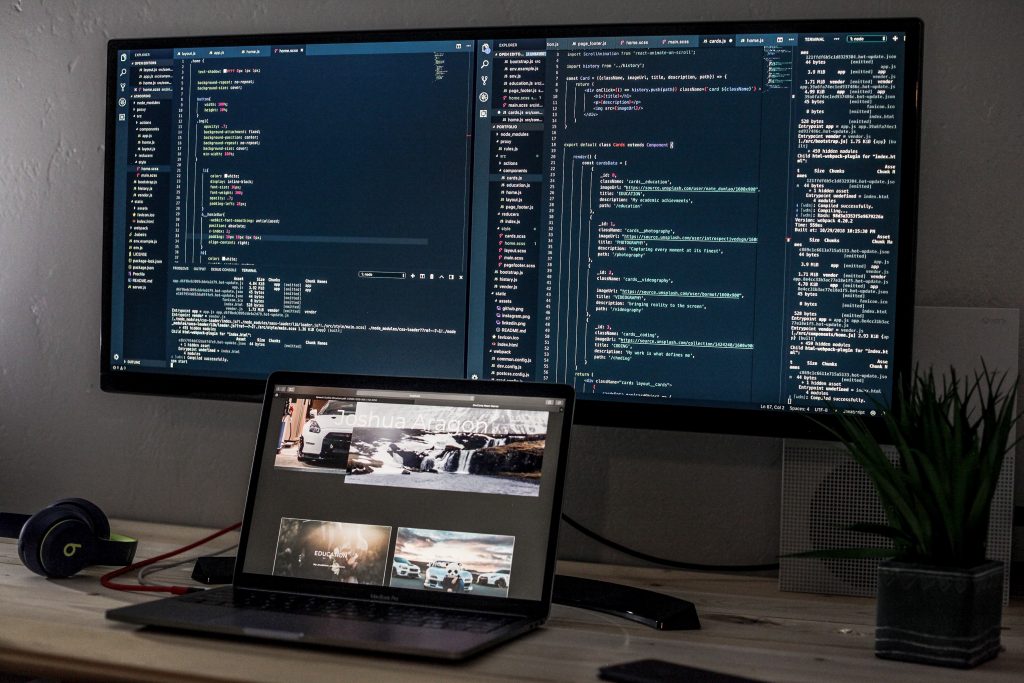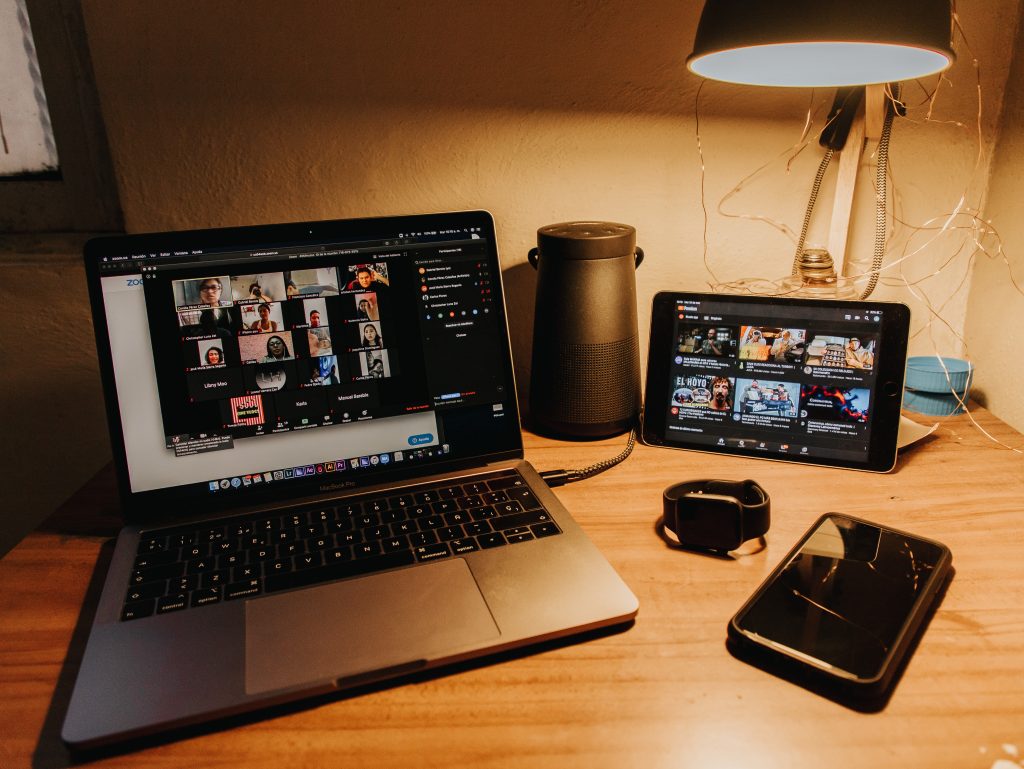Video conferencing is a common form of communication nowadays, especially for start-ups and companies that hire remote employees (i.e., people who do not necessarily live in the same place the company is based in) and students taking online classes.
Although you can join a video conference, whether it be for a meeting, a talk, or class, virtually anywhere—including from the comfort of home—you must treat it as a severe event. That means that you should abide by the unspoken rules that define proper etiquette.
These rules are not new; they are typically what should be followed in formal events anyway. Still, it is helpful to be familiar with them to exhibit poise and professionalism even on camera. Here are 10 online etiquette rules to follow when video conferencing.
Test your equipment beforehand.

Faulty equipment can make or break a video call. Blurry videos, choppy microphones, and unstable connections can cause delays in a video conference. It also shows that you are unprepared, potentially lowering your credibility towards your peers or audience. You must then test your equipment before starting or entering a video conference.
Most platforms have settings where you can check how your video looks or if your microphone picks up sound correctly. But if you would like to be extra sure, you can do a test call with a friend to check if all your equipment is running smoothly.
Choose a quiet and well-lit location.

Since your audience is limited to what they see and hear on their screens, you must ensure that what is communicated to them through the video conference is as straightforward as possible.
Choose a quiet and well-lit location when joining a video conference. Being in a quiet place minimizes possible noise that may be distracting to people listening to you speak. (Imagine listening to a speaker while there is music playing in their background. That will be hard to hear!) And being in a well-lit spot gives people a clearer view of your features, helping them understand you more clearly through your facial expressions and hand signals.
Blur or change your background.

Similar to noise, a messy background may be a distraction to your audience or peers during a video call. If you cannot find a spot with a blank, appropriate, or presentable background, use your video conferencing platform’s tools to modify it electronically. You can either blur the background or change it into a blank space.
Most platforms allow you to upload photos that you can use in the background. If you are taking this option, make sure you use a suitable image for the setting of your video conference, such as an office background, a library background, etc. Do not put anything attention-grabbing or improper.
Dress appropriately.

Whether you are a speaker or a participant, it is essential to dress appropriately depending on the setting of your meeting. If it is a business meeting, wear something formal; if it is a work meeting or a class, wear something presentable. Do not come into a video conference in just a t-shirt or, even worse—in pajamas!
You may see many people wearing something appropriate for their top but something comfortable for their bottom. That is only okay when you are sure that you will not need to stand during the duration of the video conference. That said, it would still be better to dress appropriately from head-to-toe because this also helps you get into the proper perspective and decorum to attend your video conference.
Prepare and stick to an agenda.

Just like any meeting or program, you must prepare an agenda. This ensures that your meeting or event runs smoothly and on time and that people attending come in knowing what to expect. A meeting without a schedule is a waste of time. That is also true even when you have a plan but do not follow it. Try to stay on course so that your video call can be efficient and productive.
Introduce yourself.
While on a video conference, it can sometimes be challenging to pinpoint who is talking, especially when many people participate. So when you speak, especially if you are a participant, such as an audience member or a student in a large class, make it a habit to introduce yourself before communicating your ideas. This helps the people identify who you are and take that into context with what you are saying. It also helps them locate you in the call should they see your face while speaking.
Talk to the camera.

When speaking at a video conference, people have a tendency to direct their gaze towards the screen. But this makes it seem like you are not talking directly to the people you are addressing since your line of sight is not towards them. To remedy this, practicing speaking while looking into the camera. This replicates eye contact, making it seem like you are communicating to your audience more personally and with full attention.
Mute yourself when you are not speaking.

When you are not speaking in a video conference, mute your microphone. Furthermore, be mindful that it stays muted for the entire time you are not speaking. Not doing so can be disruptive to the speaker—and it may be embarrassing to you if your microphone picks up sounds that you would rather not have other people in the call hear.
If you would like to speak (i.e., you would like to ask a question) but are asked to keep yourself muted, use the chatbox to communicate what you want to say. The chatbox is also a helpful and necessary tool when many people in the conference would like to say something. It stops people from talking over each other and prevents any miscommunication. The chatbox is your tool—use it.
Be mindful when sharing your screen.

Often in video conferences, the speakers share their screen (i.e., show the contents of their screen) for visual aid. If you are the person sharing your screen, be mindful of what you are showing. Test your screen-sharing options beforehand so that you can be sure that it is activated (and that you can access it with no issues) and that you show the correct window.
While screen sharing, be mindful of any other activity that may pop up on your screen (it would be best to prevent these from showing up beforehand) and how you transition or make use of the shared windows. Keep your cursor still, use the proper emphasis tools (such as highlighters or pens, etc.), and know when and how to move from one slide to another if you are moving through a presentation.
Pay attention.

For anybody participating in a video conference, you must pay attention to the meeting or event. Of course, that means listening to the speaker. But it also means not multi-tasking on other things while attending the video call. Although you may not be seen if you are doing other things that cannot be caught by the camera, people will know if you are not giving your full attention—and that is simply unprofessional and impolite.
With increasing ways to work and learn remotely, there are more opportunities for people to enter the international scene. To up your chances in entering this world and navigating through it, it is essential that you have at least basic English skills. LingualBox, a one-on-one English tutoring platform, can help ESL learners achieve this. Book a class with one of our professional tutors today!

